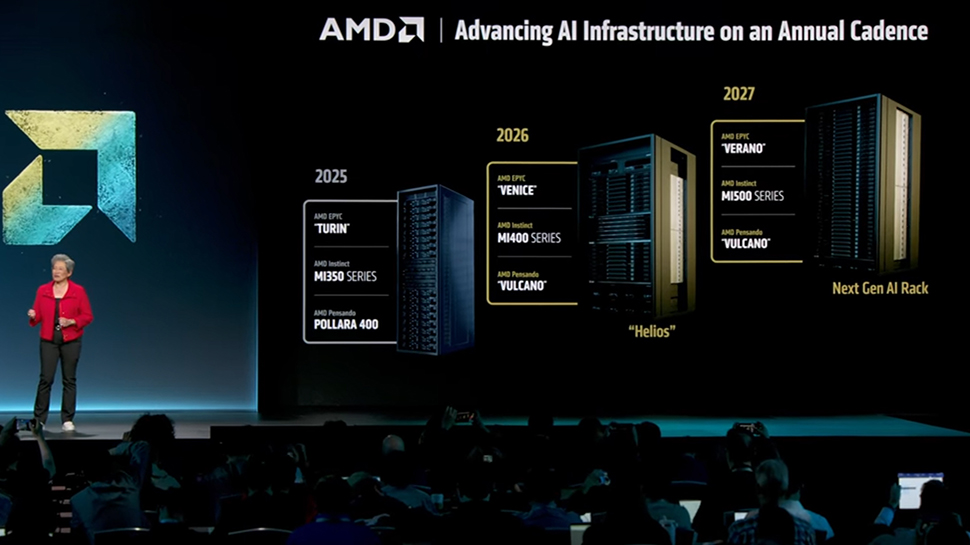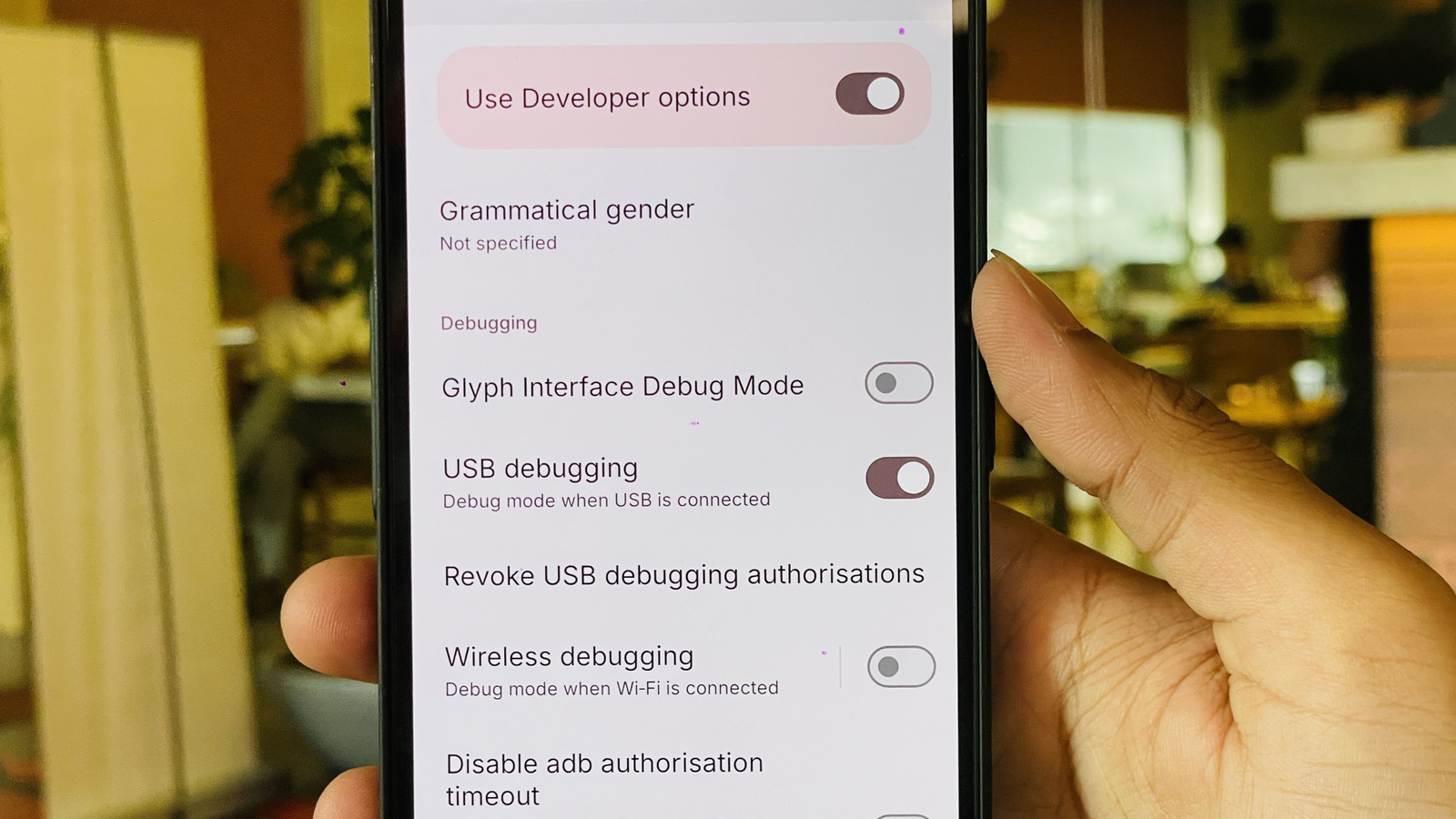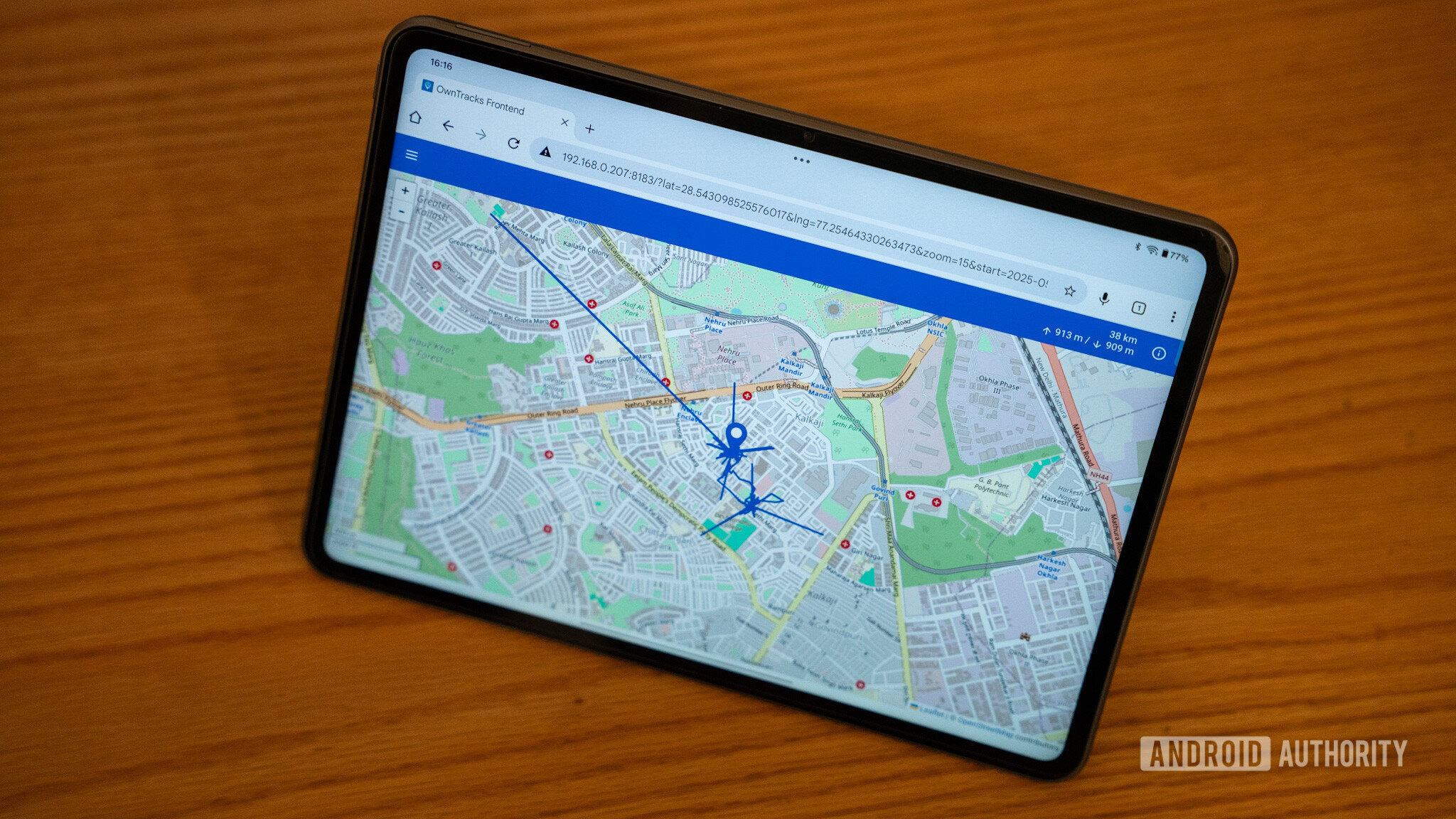AWS Fundamentals: Directconnect
The Ultimate Guide to AWS Direct Connect: Optimize Your Cloud Connectivity In today's digital world, businesses are increasingly relying on cloud services for their day-to-day operations. One of the major concerns for organizations using cloud services is ensuring secure, fast, and reliable connectivity between their on-premises infrastructure and the cloud. This is where AWS Direct Connect comes into play. In this article, we will explore the ins and outs of AWS Direct Connect and how it can benefit your organization. What is AWS Direct Connect? AWS Direct Connect is a network service that establishes a dedicated network connection between your on-premises infrastructure and AWS. This connection can be a single dedicated link or multiple links, depending on your bandwidth requirements. By using Direct Connect, you can bypass the public internet, reducing network latency, and providing more consistent and secure connectivity to your AWS resources. Key features of AWS Direct Connect include: Dedicated network connection: A private, dedicated connection between your on-premises infrastructure and AWS. Improved network performance: Lower latency and higher bandwidth compared to internet-based connections. Enhanced security: Direct Connect provides a more secure connection by eliminating the public internet as a path for data transmission. Scalability: Direct Connect supports bandwidths ranging from 50 Mbps to 100 Gbps, allowing you to scale your connection as your needs change. Flexibility: Connect to AWS directly from your colocation environment, data center, or even your office. Why Use AWS Direct Connect? There are several reasons why organizations choose to use AWS Direct Connect: Improved network performance: Direct Connect provides a more consistent and stable network connection compared to internet-based connections, ensuring optimal performance for your critical applications and workloads. Enhanced security: By bypassing the public internet, Direct Connect reduces the risk of data breaches and unauthorized access to your AWS resources. Cost-effective: Direct Connect can help you save on your data transfer costs by reducing the amount of data that needs to be sent over the public internet. Support for hybrid cloud architectures: Direct Connect facilitates the integration of your on-premises infrastructure with AWS, enabling you to build hybrid cloud architectures that meet your unique business needs. Practical Use Cases Here are some real-world scenarios where AWS Direct Connect can be beneficial: Data migration: If you're planning to migrate large amounts of data to AWS, Direct Connect can help you transfer the data more efficiently and securely, reducing the time and cost of migration. Disaster recovery: Direct Connect enables you to create a secure and reliable disaster recovery solution by providing a dedicated network connection to your AWS resources, ensuring business continuity in the event of a disruption. Hybrid cloud architectures: Direct Connect supports the integration of your on-premises infrastructure with AWS, enabling you to build hybrid cloud architectures that meet your unique business needs. Big data and analytics: If you're working with large datasets, Direct Connect can help you transfer the data more efficiently and securely, reducing the time and cost of data processing and analysis. Media and entertainment: Direct Connect enables media and entertainment companies to transfer large media files between their on-premises infrastructure and AWS, ensuring optimal performance and security for their content. Gaming: Direct Connect can help gaming companies reduce latency and improve the overall gaming experience for their users by providing a dedicated network connection to their AWS resources. Architecture Overview The main components of AWS Direct Connect include: Direct Connect locations: These are AWS-managed data centers where you can establish a dedicated network connection to AWS. Connections: A connection represents a dedicated network path between your on-premises infrastructure and AWS. You can create two types of connections: dedicated connections and hosted connections. Virtual interfaces: A virtual interface (VIF) is a logical connection between your on-premises infrastructure and AWS that runs over a physical connection. You can create different types of VIFs, such as public, private, and transit VIFs. Here's a high-level overview of how AWS Direct Connect fits into the AWS ecosystem: Establish a dedicated network connection between your on-premises infrastructure and an AWS Direct Connect location. Create one or more virtual interfaces over the physical connection, depending on your needs. Connect to AWS services, such as Amazon S3, Amazon EC2, or Amazon RDS, using the virtual interfaces. Use AWS services as you normally would, but with the added benefits of improved network performanc

The Ultimate Guide to AWS Direct Connect: Optimize Your Cloud Connectivity
In today's digital world, businesses are increasingly relying on cloud services for their day-to-day operations. One of the major concerns for organizations using cloud services is ensuring secure, fast, and reliable connectivity between their on-premises infrastructure and the cloud. This is where AWS Direct Connect comes into play. In this article, we will explore the ins and outs of AWS Direct Connect and how it can benefit your organization.
What is AWS Direct Connect?
AWS Direct Connect is a network service that establishes a dedicated network connection between your on-premises infrastructure and AWS. This connection can be a single dedicated link or multiple links, depending on your bandwidth requirements. By using Direct Connect, you can bypass the public internet, reducing network latency, and providing more consistent and secure connectivity to your AWS resources.
Key features of AWS Direct Connect include:
- Dedicated network connection: A private, dedicated connection between your on-premises infrastructure and AWS.
- Improved network performance: Lower latency and higher bandwidth compared to internet-based connections.
- Enhanced security: Direct Connect provides a more secure connection by eliminating the public internet as a path for data transmission.
- Scalability: Direct Connect supports bandwidths ranging from 50 Mbps to 100 Gbps, allowing you to scale your connection as your needs change.
- Flexibility: Connect to AWS directly from your colocation environment, data center, or even your office.
Why Use AWS Direct Connect?
There are several reasons why organizations choose to use AWS Direct Connect:
- Improved network performance: Direct Connect provides a more consistent and stable network connection compared to internet-based connections, ensuring optimal performance for your critical applications and workloads.
- Enhanced security: By bypassing the public internet, Direct Connect reduces the risk of data breaches and unauthorized access to your AWS resources.
- Cost-effective: Direct Connect can help you save on your data transfer costs by reducing the amount of data that needs to be sent over the public internet.
- Support for hybrid cloud architectures: Direct Connect facilitates the integration of your on-premises infrastructure with AWS, enabling you to build hybrid cloud architectures that meet your unique business needs.
Practical Use Cases
Here are some real-world scenarios where AWS Direct Connect can be beneficial:
- Data migration: If you're planning to migrate large amounts of data to AWS, Direct Connect can help you transfer the data more efficiently and securely, reducing the time and cost of migration.
- Disaster recovery: Direct Connect enables you to create a secure and reliable disaster recovery solution by providing a dedicated network connection to your AWS resources, ensuring business continuity in the event of a disruption.
- Hybrid cloud architectures: Direct Connect supports the integration of your on-premises infrastructure with AWS, enabling you to build hybrid cloud architectures that meet your unique business needs.
- Big data and analytics: If you're working with large datasets, Direct Connect can help you transfer the data more efficiently and securely, reducing the time and cost of data processing and analysis.
- Media and entertainment: Direct Connect enables media and entertainment companies to transfer large media files between their on-premises infrastructure and AWS, ensuring optimal performance and security for their content.
- Gaming: Direct Connect can help gaming companies reduce latency and improve the overall gaming experience for their users by providing a dedicated network connection to their AWS resources.
Architecture Overview
The main components of AWS Direct Connect include:
- Direct Connect locations: These are AWS-managed data centers where you can establish a dedicated network connection to AWS.
- Connections: A connection represents a dedicated network path between your on-premises infrastructure and AWS. You can create two types of connections: dedicated connections and hosted connections.
- Virtual interfaces: A virtual interface (VIF) is a logical connection between your on-premises infrastructure and AWS that runs over a physical connection. You can create different types of VIFs, such as public, private, and transit VIFs.
Here's a high-level overview of how AWS Direct Connect fits into the AWS ecosystem:
- Establish a dedicated network connection between your on-premises infrastructure and an AWS Direct Connect location.
- Create one or more virtual interfaces over the physical connection, depending on your needs.
- Connect to AWS services, such as Amazon S3, Amazon EC2, or Amazon RDS, using the virtual interfaces.
- Use AWS services as you normally would, but with the added benefits of improved network performance, enhanced security, and cost savings.
Step-by-Step Guide: Creating a Direct Connect Connection
In this section, we will walk you through the process of creating a Direct Connect connection.
- Log in to the AWS Management Console and navigate to the AWS Direct Connect dashboard.
- Click on the "Direct Connect" tab and then click "Create a connection."
- Select the Direct Connect location where you want to establish the connection.
- Choose the connection type (dedicated or hosted) and the desired bandwidth.
- Fill out the required information, such as the connection name, BGP ASN, and IP address range.
- Review your order and submit it.
- Once your order is approved, you will receive a Letter of Authorization (LOA) from AWS.
- Use the LOA to establish the physical connection between your on-premises infrastructure and the Direct Connect location.
- After the physical connection is established, create a virtual interface over the connection.
- Test the connection and start using AWS services as you normally would.
Pricing Overview
AWS Direct Connect pricing is based on the following components:
- Port hours: You are charged for the number of hours your dedicated or hosted connection is active, regardless of usage.
- Data transfer: You are charged for data transferred over your Direct Connect connection, based on the region and the amount of data transferred.
- Cross-region data transfer: You are charged for data transferred between regions, based on the source and destination regions and the amount of data transferred.
Here's an example to help you understand the pricing:
- Suppose you have a 1 Gbps Direct Connect connection in the US East (Ohio) region.
- You are charged $0.25 per port hour, resulting in a monthly cost of $180 (based on 720 hours per month).
- If you transfer 1 TB of data over your Direct Connect connection, you are charged $0.10 per GB, resulting in a data transfer cost of $100.
- If you transfer 100 GB of data between the US East (Ohio) and US West (Oregon) regions, you are charged $0.02 per GB, resulting in a cross-region data transfer cost of $2.
Keep in mind that these prices are just examples and may vary based on your specific needs and location.
Security and Compliance
AWS takes security and compliance very seriously and provides several features to help you secure your Direct Connect connection:
- Encryption: You can use IPsec or MACsec encryption to secure your Direct Connect connection, ensuring the confidentiality and integrity of your data.
- Access control: You can use AWS Identity and Access Management (IAM) to control access to your Direct Connect resources and services.
- Monitoring: You can use AWS CloudWatch and AWS Config to monitor and audit your Direct Connect resources and services.
- Compliance: AWS Direct Connect is compliant with several industry standards, such as PCI DSS, HIPAA, and ISO 27001, enabling you to meet your compliance requirements.
Integration Examples
AWS Direct Connect can be integrated with several AWS services, such as:
- Amazon S3: You can use Direct Connect to transfer large amounts of data to and from Amazon S3, ensuring optimal performance and security.
- Amazon EC2: You can use Direct Connect to connect to your Amazon EC2 instances, enabling you to build hybrid cloud architectures that meet your unique business needs.
- Amazon RDS: You can use Direct Connect to connect to your Amazon RDS instances, ensuring optimal performance and security for your databases.
Comparisons with Similar AWS Services
AWS Direct Connect can be compared with the following AWS services:
- AWS VPN: While both services provide secure connectivity to AWS, Direct Connect offers a dedicated network connection with improved network performance and lower latency compared to VPN.
- AWS PrivateLink: PrivateLink enables you to securely access AWS services over a private connection, without exposing your traffic to the public internet. However, Direct Connect provides a more robust and dedicated network connection compared to PrivateLink.
Common Mistakes and Misconceptions
Here are some common mistakes and misconceptions about AWS Direct Connect:
- Assuming Direct Connect is only for large organizations: While Direct Connect is beneficial for large organizations with high bandwidth requirements, it can also be useful for small and medium-sized businesses that require a more secure and reliable network connection to AWS.
- Believing Direct Connect is a replacement for the public internet: Direct Connect is not a replacement for the public internet but rather a complementary service that provides a more secure and reliable network connection to AWS.
- Not considering the cost of data transfer: While Direct Connect can help you save on your data transfer costs, it's essential to consider the cost of data transfer when using Direct Connect, as you are charged based on the amount of data transferred.
Pros and Cons Summary
Here's a summary of the pros and cons of AWS Direct Connect:
Pros:
- Improved network performance and lower latency.
- Enhanced security and data privacy.
- Cost savings on data transfer.
- Support for hybrid cloud architectures.
- Compliance with industry standards.
Cons:
- Additional cost for port hours and data transfer.
- Limited availability in some regions.
- Requires technical expertise to set up and manage.
Best Practices and Tips for Production Use
Here are some best practices and tips for using AWS Direct Connect in production:
- Plan ahead: Before using Direct Connect, ensure that you have a clear understanding of your bandwidth requirements and network topology.
- Monitor your usage: Regularly monitor your Direct Connect usage and adjust your bandwidth as needed to avoid unnecessary costs.
- Implement access control: Use IAM to control access to your Direct Connect resources and services.
- Use encryption: Use IPsec or MACsec encryption to secure your Direct Connect connection, ensuring the confidentiality and integrity of your data.
- Test your connection: Regularly test your Direct Connect connection to ensure optimal performance and reliability.
Final Thoughts and Conclusion
AWS Direct Connect is a powerful network service that enables organizations to establish a dedicated network connection to AWS, providing improved network performance, enhanced security, and cost savings. By following the best practices and tips outlined in this article, you can ensure optimal performance and reliability for your Direct Connect connection.
Whether you're migrating large amounts of data to AWS, building hybrid cloud architectures, or requiring a more secure and reliable network connection to AWS, Direct Connect is the perfect solution for you.
Ready to take your cloud connectivity to the next level? Get started with AWS Direct Connect today!











































































































































































![[The AI Show Episode 154]: AI Answers: The Future of AI Agents at Work, Building an AI Roadmap, Choosing the Right Tools, & Responsible AI Use](https://www.marketingaiinstitute.com/hubfs/ep%20154%20cover.png)
![[The AI Show Episode 153]: OpenAI Releases o3-Pro, Disney Sues Midjourney, Altman: “Gentle Singularity” Is Here, AI and Jobs & News Sites Getting Crushed by AI Search](https://www.marketingaiinstitute.com/hubfs/ep%20153%20cover.png)

























































































































![[FREE EBOOKS] The Chief AI Officer’s Handbook, Natural Language Processing with Python & Four More Best Selling Titles](https://www.javacodegeeks.com/wp-content/uploads/2012/12/jcg-logo.jpg)









































































![GrandChase tier list of the best characters available [June 2025]](https://media.pocketgamer.com/artwork/na-33057-1637756796/grandchase-ios-android-3rd-anniversary.jpg?#)




































































_Frank_Peters_Alamy.jpg?width=1280&auto=webp&quality=80&disable=upscale#)

















































































































![Apple Weighs Acquisition of AI Startup Perplexity in Internal Talks [Report]](https://www.iclarified.com/images/news/97674/97674/97674-640.jpg)
![Oakley and Meta Launch Smart Glasses for Athletes With AI, 3K Camera, More [Video]](https://www.iclarified.com/images/news/97665/97665/97665-640.jpg)

![How to Get Your Parents to Buy You a Mac, According to Apple [Video]](https://www.iclarified.com/images/news/97671/97671/97671-640.jpg)






















![New accessibility settings announced for Steam Big Picture Mode and SteamOS [Beta]](https://www.ghacks.net/wp-content/uploads/2025/06/New-accessibility-settings-announced-for-Steam-Big-Picture-Mode-and-SteamOS.jpg)














































